Black Swallowtail Butterflies New York: Discover Presence!
Black swallowtail butterflies (Papilio polyxenes) thrive across New York’s varied ecosystems, from urban gardens to rural meadows. They are easily identified by their black wings, accented with yellow spots and blue scales.
These butterflies play a vital role as pollinators and prey within the ecosystem, helping maintain biodiversity. Their survival relies on favorable conditions, including reduced pesticide use and availability of host plants.
Discovering their intricate behavioral patterns and requirements reveals more about their resilience and ecological importance.
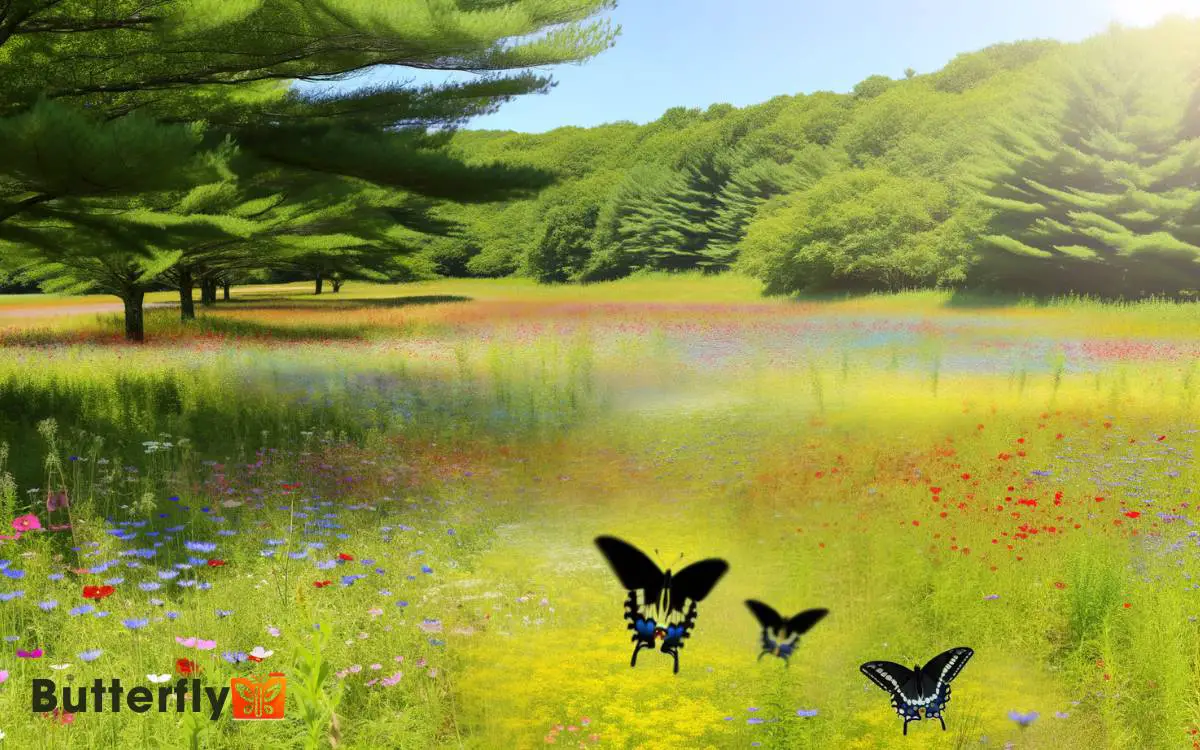
Key Takeaways
Habitat and Distribution
The black swallowtail butterfly’s habitat in New York spans diverse ecosystems, including meadows, gardens, and agricultural fields, where they thrive on nectar from a variety of flowering plants.
They frequent open areas with abundant host plants like parsley, dill, and fennel, which are vital for their larvae. These butterflies display a remarkable adaptability to both urban and rural landscapes, reflecting their resilience and versatility.
Their presence in gardens highlights their role in pollination, contributing to ecological balance. In agricultural fields, they often coexist with crops, benefiting from the floral diversity.
This distribution pattern underscores their ability to exploit different environments, making them a common yet fascinating component of New York’s natural and cultivated spaces.
Identification and Characteristics
The Black Swallowtail butterfly exhibits distinctive color patterns, featuring black wings adorned with yellow spots and a series of blue scales on the hindwings.
Their wing shapes are uniquely scalloped, which aids in identification and provides aerodynamic benefits.
These characteristics play a vital role in their survival, aiding in both camouflage and predator deterrence.
Color Patterns
Black Swallowtail butterflies in New York exhibit distinct color patterns that serve as key identifiers. They feature striking black wings adorned with rows of yellow spots and iridescent blue scales, particularly prominent in females.
These butterflies display sexual dimorphism, with males typically showing more pronounced yellow banding. The ventral side of the hindwings also reveals red-orange eyespots with a central black dot, providing an additional layer of visual complexity.
The contrast between the black wings and vibrant markings assists in camouflage and predator deterrence. These vivid colorations aren’t random but are evolutionary traits that enhance survival.
Their intricate patterns can be observed best during the warmer months when they’re most active, flitting through gardens and meadows.
Wing Shapes
In addition to their vibrant color patterns, Black Swallowtail butterflies in New York exhibit distinct wing shapes that play a critical role in their identification and ecological adaptations.
These butterflies have a characteristic tail-like extension on their hindwings, which resembles a swallow’s tail and aids in predator evasion.
The forewings are broad and rounded, facilitating agile flight and efficient thermoregulation. Detailed examination of these shapes can offer insights into their behavioral ecology and evolutionary history.
| Wing Part | Shape Characteristic |
|---|---|
| Forewing | Broad and rounded |
| Hindwing | Tail-like extensions |
| Wing Base | Narrow, aiding in maneuverability |
| Wing Edges | Scalloped, enhancing camouflage |
Understanding these wing shapes helps in recognizing the unique adaptations that allow Black Swallowtails to thrive in diverse environments.
Life Cycle Stages
Observing the life cycle stages of Black Swallowtail butterflies in New York reveals a fascinating metamorphosis from egg to adult.
This journey unfolds in four distinct stages:
- Egg: Females lay tiny, spherical eggs on host plants like dill, parsley, and fennel. These eggs hatch in about 4-9 days.
- Larva (Caterpillar): The larvae undergo several molts, growing rapidly and changing color patterns. This stage lasts about 10-30 days.
- Pupa (Chrysalis): The caterpillar forms a chrysalis, entering a transformational period that spans 9-18 days. This stage is vital for metamorphosis.
- Adult: Emerging from the chrysalis, the adult butterfly has a wingspan of 3-4 inches. They live for about 2 weeks, primarily focused on feeding and reproduction.
This detailed cycle showcases nature’s intricate processes.
Role in the Ecosystem
The Black Swallowtail butterfly plays an essential role in New York’s ecosystem by acting as both a pollinator and a food source for various predators.
Their pollination activities support the reproduction of diverse plant species, contributing to floral biodiversity.
By transferring pollen as they feed on nectar, they enhance genetic variation in plants, which is crucial for adapting to environmental changes.
Moreover, Black Swallowtail caterpillars serve as prey for birds, spiders, and other insects, integrating into the food web and supporting predator populations.
This dual role underscores their ecological importance, ensuring the stability and resilience of natural habitats.
The Black Swallowtail’s presence reflects a healthy ecosystem, balancing plant reproduction and predator-prey dynamics within New York’s diverse landscapes.
Seasonal Patterns
Black Swallowtail butterflies exhibit distinct seasonal patterns, with their life cycle stages synchronized to New York’s climatic conditions. They undergo multiple generations each year, adapting to temperature and food availability.
Key seasonal activities include:
- Spring Emergence: Adults emerge from overwintering pupae, mate, and lay eggs on host plants.
- Summer Growth: Larvae feed voraciously, growing through several instars before pupating.
- Fall Preparation: The final generation pupates, with some entering diapause, a dormant state, to survive winter.
- Winter Diapause: Pupae remain in diapause until warmer temperatures signal the return of spring.
These stages promote the survival and proliferation of Black Swallowtails, aligning their life cycle with New York’s seasonal variability.
Gardening Tips
To attract Black Swallowtail butterflies, gardeners should prioritize selecting appropriate host plants such as dill, parsley, and fennel, which cater to the larvae’s dietary needs.
Implementing organic pest control methods guarantees the larvae’s safety from harmful chemicals while maintaining ecological balance.
Properly managing these factors can greatly enhance the likelihood of Black Swallowtail butterflies thriving in a New York garden.
Choosing Host Plants
Gardeners can optimize their landscapes for Black Swallowtail butterflies by carefully selecting host plants like dill, fennel, and parsley, which provide essential nutrients for the larvae.
These plants are rich in the chemical compounds necessary for larval development, guaranteeing robust growth and eventual metamorphosis.
By incorporating these specific host plants, gardeners can create a thriving environment that supports the life cycle of these butterflies.
Here are four essential host plants for Black Swallowtail larvae:
- Dill (Anethum graveolens) – A favored host providing aromatic compounds.
- Fennel (Foeniculum vulgare) – Offers a robust supply of essential oils.
- Parsley (Petroselinum crispum) – Contains nutrients crucial for larval health.
- Queen Anne’s Lace (Daucus carota) – An alternative host supporting larvae growth.
Implementing these choices ensures a butterfly-friendly garden.
Pest Control Methods
Effectively managing pests in butterfly gardens involves integrating natural predators and organic treatments to maintain ecological balance without harming the Black Swallowtail larvae.
Introducing ladybugs and lacewings can effectively control aphid populations. Companion planting with marigolds or nasturtiums deters pests naturally. Neem oil, a biodegradable option, disrupts insect reproductive cycles without damaging larvae.
Diatomaceous earth, composed of fossilized algae, acts as a physical barrier against soft-bodied pests. Manual removal of pests, although labor-intensive, ensures precision. It’s essential to avoid broad-spectrum pesticides, as they indiscriminately kill beneficial insects.
Conservation Efforts
Many conservationists implement strategic habitat restoration projects to safeguard the survival of Black Swallowtail butterflies in New York. These efforts focus on reestablishing native plant species and creating butterfly-friendly environments.
Key strategies include:
- Planting Native Host Plants: Essential for caterpillar development, species like dill, parsley, and fennel are cultivated.
- Creating Nectar-Rich Gardens: Flowers such as milkweed and coneflower provide necessary nectar sources.
- Reducing Pesticide Use: Limiting chemicals helps maintain safer habitats and promotes healthier butterfly populations.
- Establishing Protected Areas: Designated reserves offer sanctuaries where butterflies can thrive without human interference.
These initiatives are important for maintaining the ecological balance and ensuring the continued presence of the Black Swallowtail in New York’s diverse ecosystems.
Observing in the Wild
Observing Black Swallowtail butterflies in the wild provides valuable insights into their behavior, migratory patterns, and habitat preferences.
Enthusiasts should note that these butterflies thrive in open fields, gardens, and meadows. They display distinct nectaring behavior, favoring plants like milkweed and thistle.
By documenting their flight paths and feeding habits, observers can infer migratory trends and seasonal shifts within New York.
Moreover, recording egg-laying activities on host plants such as dill, parsley, and fennel reveals critical aspects of their reproductive cycle. This data aids in understanding population dynamics and helps in crafting targeted conservation strategies.
Field observations also allow for the identification of potential threats, like habitat loss, ensuring that effective measures are implemented to protect these captivating insects.
Conclusion
In the kaleidoscope of New York’s ecosystem, black swallowtail butterflies symbolize resilience and transformation. Their intricate life cycle, from egg to vibrant adult, mirrors the delicate balance of nature’s rhythms.
By cultivating native plants and supporting conservation, we become stewards of their future. Observing these winged jewels in the wild offers a fleeting glimpse into a world where beauty and science entwine, reminding us of our role in preserving this fragile tapestry.

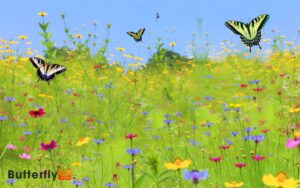
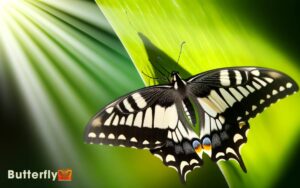
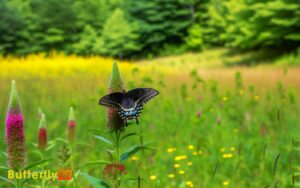
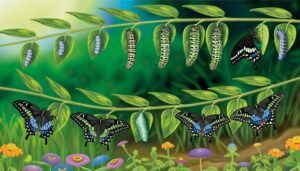
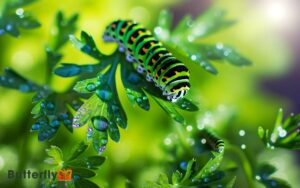
Your point of view caught my eye and was very interesting. Thanks. I have a question for you.
Your article helped me a lot, is there any more related content? Thanks!
Your point of view caught my eye and was very interesting. Thanks. I have a question for you.
Your point of view caught my eye and was very interesting. Thanks. I have a question for you.
Here is my web blog; https://cryptolake.online/crypto2
Thank you for your sharing. I am worried that I lack creative ideas. It is your article that makes me full of hope. Thank you. But, I have a question, can you help me?
Your point of view caught my eye and was very interesting. Thanks. I have a question for you.
Your article helped me a lot, is there any more related content? Thanks!